Daily rune casts : Bind runes : Sigils - They/them - Open for requests
Don't wanna be here? Send us removal request.
Note
can you go more in depth about communing w/ domestic spirite and how its done accidentally? it piqued my interest greatly
If you are home, just take a moment and listen. Houses are chatty things, they just don't speak like people do. Creaking floorboards, hissing pipes, the soft whine of electric lights, and the hum of fans; all just words in a slow and ancient language born over a hearthfire a thousands of years ago.
You probably know a few words. Every time a heater rumbles you to sleep under a pile of blankets, your home says "I love you." And every time you run a vacuum over the old carpet, or pin a painting to the wall, what you're really saying is "I love you too."
1K notes
·
View notes
Text
Okay, so the crystal post got me thinking about how it's time to talk about something else I've been working on incorporating into my practice.
There are rocks all around me, but there is an overabundance of limestone because this area was once a part of an ancient shallow ocean, the Western Interior Seaway.
There are little fossil shells literally everywhere. You can't go more than a few steps without spotting them. When I was a kid, I found a sea urchin fossil in a small gully on a lot that didn't have a house on it yet. People used to pull giant ammonites out of the ground in our old neighborhood anytime someone built a pool.
That ancient ocean energy is still all around, ready to be tapped into. So I pick up fossil shells and keep them right alongside my here and now shells. They sing with energy both the same and different from shells of today. They're a great anchor point to journey through those ancient seas as well.
It's good to know not just the history of the land you're on, but also the prehistory. There might be some spirits and energies there you can tap into that you wouldn't expect!
489 notes
·
View notes
Link
Why the UK can, and should, make space for our indigenous minority languages.
The ten languages indigenous to the British Isles and still spoken today are English, Scots, British Sign Language, Welsh, Gaelic, Irish, Cornish, Manx, Angloromani and Shelta.
40K notes
·
View notes
Text
‘Celtic’ Witchcraft
I remember in my early days trying to find resources on historical Celtic witchcraft. I wanted to learn about the witchcraft from the places I descended from. So, I searched for answers. I read book after book on the supposed witch practices found in Wales, Ireland, and Scotland (Raymond Buckland never steered me so wrong, and that’s really saying something). However, I remember feeling…unsatisfied. It didn’t seem historical or based in any pre-Gardnerian lineage. It seemed like Wiccan influenced witchcraft based in Gaelic and Gallic mythology. However, the authors of the books were claiming that it was truly historical and traditional. Lo and behold, I was correct. So then came the question “What is historical ‘celtic’ witchcraft and where can I find it?”
First of all, there is no one Celtic witchcraft. The word ‘Celtic’ applies to both Gaels and Gauls (though it’s said that Gauls aren’t included in that term at all, but for now, we’ll use it). There are six nations covered under ‘Celt’; Wales, Ireland, Scotland, Brittany, The Isle of Man, and Cornwall. Any witchcraft that originates from those lands can be considered ‘Celtic’, but the use of that term can create confusion and misinformation. Though they may look similar at times, and though they are all witchcraft, they are not the same. Methods changed from environment to environment. The witchery has always been based in the Land.
I’ll briefly describe the practices and lore found in each land, but it is by no means exhaustive.
Cornwall
In the circles of traditional witchcraft, Cornish witchery has been made very clear and accessible with much thanks to the wonderful Gemma Gary. Cornwall has perhaps one of the strongest histories of magical practice out of the Celtic Fringe. Not only witches, but Pellars (cunning folk), were a large part of the culture. Folk magic, the basis of both witch and pellar magic alike, ran rampant through Cornwall. The Pellars of Cornwall held a very strong likeness to witches, so much so that some folklorists consider them the same. The Pellars made it a point to have a wide range of services available to their customer. That meant that they would both curse and cure. The magic of Cornwall often came in the form of small spell bags filled with either powders, folded written charms, or other magical ingredient. These bags did a number of things, from love conjuring, curse breaking, and spirit banishing to healing, luck magic, and finding lost possessions. According to Cornish witch lore, a witch’s power fluctuates with the seasons, and it was in the spring that a witch’s power was renewed. The different pellars and witches of Cornwall would also clash through reputation of power. Though they clashed, the witches of Cornwall would also gather for their sabbats, which were a strange thing to behold to outsiders. Witches, both young and old, would dance with the Devil around fires, faster and closer to the flames with each pass, and never be singed. The ability to spontaneously disappear is spoken of (which may suggest flying). Black animals, especially black cats, are often spoke of in Cornish witch lore. The association with witch and toad is especially strong here, and it can be seen as a familiar, a shapeshifting witch, a charm, or an indicator of a witch.
Wales
Witchcraft that comes from Wales can be particularly tricky to find. The term ‘Welsh Witch’ has been popular since the early days of Stevie Nicks. This makes it notoriously difficult to find any historical references on actual Welsh witches. In actuality, there were two kinds of magical practitioner in Wales. The first was a wizard (known as a cunning man in England) and the second was a witch. Wizards were very popular and plenty in number in Wales. Their practice was based mainly in healing the ill and livestock. They also did favors, like giving love potions and undoing witch spells. One Welsh tale, however, tells about a conjuror who is unable to undo a witch’s spell on a butter churn, so the farmer must turn to another witch to reverse it. Welsh witches were thought to have great power. They were able to raise the dead, curse their enemies, and according to older legends, shape shift and fly. Observing the myth of a sorceress named Cerridwen and the legends of Morgan le Fey and Nimue, there comes a general idea of what a witch was in Wales and Welsh legend. The idea of someone brewing potions and poisons was most definitely associated with witches, but more broadly, elements of water and weather seem to have importance. Interaction with the fairies also holds a very strong importance in Welsh craft. Walking between worlds, particularly this world and the world of the Fairy (Avalon, anyone?), was a skill that many wizards, witches, and heroes of Welsh myth acquired. All in all, the witchcraft in Wales is quite similar to the witchcraft found in England, as is the interaction between Wizard (cunning folk or Wise Men and Women) and Witch.
Brittany
In Brittany, a very strong fear and dislike for witches is found that is unlike Wales. Witches in Brittany were thought to be many in number. The legends suggest that they targeted farmers especially, making sure always to turn milk sour and spoil butter. They were also accounted to be particularly dangerous and vicious. Any man who watched their Sabbat would either not be found, found dead, or found scared witless and unable to speak. The witches of Brittany, however, were also sought out by the townsfolk. Indeed, there were witch doctors to fix their issues, but the witches were sought out for love spells and favors. Witch-cats are also mentioned, which could be either a reference to familiars or shapeshifting. Most strangely, Breton witches are said to very rarely cast spells on their targets and instead cast spells on the animals and possessions of the target. Every village is said to have a local witch. Some villages are said to be completely filled with witches. Many of them carry cane-like sticks with which they cast their spells. They were also said to be skilled in spells to find things, like lost objects and buried treasure. The line between village conjuror/wizard and witch is difficult to draw here. They may choose to help or harm, depending on their inclinations. For that reason, they still hold a strong reputation in Brittany, despite it being a place noted for its skepticism.
The Isle of Man
On the Isle of Man, both witches and magicians were an important part of the environment. The first thing you’ll find on the witches from the Isle is that they practiced much magic involving the weather and the sea. Magic was used to help the fishermen catch more fish, make sure the winds were good for travel, and settle storms at sea. A charm was made by a witch and given to a sailor that stored the winds inside. When he was at sea and in need of a gust, he would use the charm. Interestingly, the line between witch and cunning person seemed to blur here. Cunning folk were known as Charmers and Witch Doctors. Witches, however, were employed when needed. There was a perceived difference between the magic of different kinds of practitioners. Do not be mistaken, though. The fear and dislike of witches still existed. Many farmers feared the wrath of witches, especially when their crops failed and their cattle died. To reveal the witch responsible, they would burn whatever died. The person in pain the next day was thought responsible. As throughout all of Europe, witches were thought to have gained their power either through birth or through the Devil’s grace. However, witches were looked upon differently in the Isle than other places. Because of its long associations with magic, it had many kinds of magical practitioners and witches were not always considered to be the most powerful of them. Magicians, who practiced an art to compel and work with spirits and powers beyond other kinds of practitioners, were revered. They were usually compared to the image of Manannán Mac Lir, considered both a sea god and a powerful magician. The ability to fly and walk between worlds was also attributed to the witches and magicians of the Isle of Man, most likely due to the latter.
Scotland
Witchcraft flourished in Scotland perhaps as much, if not more than, in Wales. Scotland’s witch trials are famous, and perhaps the most famous among them was Isobel Gowdie. In her free confession, she detailed a story that most labeled imaginary. She spoke of fairies, elf bolts, curses, shapeshifting, flying, and lewd activities with the Devil. When comparing it with the confession of Alison Pearson, another Scottish witch she had never met, a Scottish fairy tradition begins to appear. Alison also details stories of going under the hills to meet the fairies, as well as them making elf bolts. More trials begot more folklore and legends. Stories of witches working the weather to destroy crops, sink ships, and cause havoc spread. More tales of a Man in Black appearing to future-witches and witches alike began to run rampant. John Fian, a male witch, was famed for his botched love spell, teaching witchcraft, harshly bewitching people whom he didn’t like, and attempting to sink the fleet of King James VI with a storm. Much of Scotland’s witchcraft was influenced by Gaelic legend and myth. Scotland’s witchery was not Gaelic alone, however. Norse invaders came and brought their magic with them. In Orkney, a Scottish Isle filled with witch history, the Vikings came often. Their language and culture mingled with the Scots’. Soon, cunning women were referred to as Spae Wives. The word Spae comes from the Old Norse spá,which means ‘prophesize’. These spae wives told fortunes, created charms, and protected against foul magical play. The witches of Scotland, however, proved a match for them. They killed cattle, cursed babies, and brought general havoc with them.
Ireland
Historical Irish witchcraft is perhaps the most difficult to find out of all the Celtic regions, and this is for a few different reasons. The first being that many lineages of Wicca have taken Irish mythology and applied it to the Gardnerian influenced witchcraft that they have. Many times when the word ‘Celtic Witchcraft’ or “Celtic Wicca’ comes up, this is what is being referred to. The second reason that it’s difficult to find is because the witch trials in Ireland are few and far between. The trials barely touched Ireland, amounting to a whopping 4 trials. The generally accepted reason for this is that Ireland was extraordinarily lax with its witchcraft laws. Most times, using witchcraft against another person’s possessions or livestock resulted in prison time. Only by harming another magically would a witch be executed. Interestingly, many people took this as a sign that Irish witches were generally less severe than their other Celtic counterparts. Florence Newton, the famed witch of Youghal, put the assumption to rest. When a woman refused to give her any food, she kissed her on the street. The woman became extremely ill and began to see visions of Florence pricking her with pins and needles. Florence also kissed the hand of a man in jail. He became very ill, cried out her name, and died. In a Northern Ireland trial, eight women were accused of causing horrific visions and poltergeists in the home of a woman. The ability to create illusions is a trait attributed to fairies in Gaelic myth. Those fairies are said to have taught the witches their skills in both Ireland and Scotland. Irish witches were said to turn themselves into animals, especially hares and crows, to spy on their neighbors. They would also place spells on those whom they wish in their animal form. They were also said to have used bundles of yarrow and branches of elder to fly. These sticks they flew upon, before brooms, were known as ‘horses’. They were said to fly up out of the chimney of their own homes. A tale of witches using red caps to fly also appears in Irish lore. This is another example of their strong ties to the fairies. The similarity between Irish and Scottish witchery has been noted, as they both have strong ties to Gaelic lore.
Witchcraft from the Celtic lands is a complex and unique thing, changing between each of the six nations. To lump them under a single title would be to lose the subtleties and differences between each. Saying that Irish witchcraft and Welsh witchcraft are the same is a fool’s lie. Saying that they are similar is true. Shapeshifting, flying, fairies, storms, and charms are found in each. But they are different. It isn’t a bad thing when the myths of these lands are paired with Wicca or Wiccan influenced witchcraft. However, the historical practices from those places mustn’t be overwritten.
7K notes
·
View notes
Text
Rune of the day 2019.05.03

*Berkanan
New growth is often subtle, and we rarely recognise beginnings for what they are until they're long past. Today is a good day for beginning.
But every start is also an ending. Say your goodbyes to what is passing, love it and let it go. Unless we make space for them, new things can't take root.
11 notes
·
View notes
Text
Hey guys! It’s @thewitchofthenorseispissed @thewitchofthenorse - I ended up getting terminated again. Round three sure sounds fun, right? Haha. Let me start of by saying in the few hours I’ve been deleted I’ve been swarmed with emails, messages on Instagram, that ended up crying on @whichwitchami‘s kitchen floor for a good minute. I am overwhelmed by the constant amount of support and love you guys have offered me. It swells my heart with joy to know that all of the effort and time I put into helping make a safe learning community has left an impact on so many of you that you would reach out to me in this time. You guys are the reason I keep doing my best to provide accurate information and a space for personal growth without restriction. As grateful as I am to so many of you, there is an undeniable issue that needs to be addressed. This may sound tireless and lengthy but please bare with me.
I was originally deleted February 8 between 8/9pm while out to dinner. The belief at the time was that my blog was under fire from the altright after making a post about Nazi’s not being welcome into any of the Norse Halls because less than 30k notes and 12 hours later I was deleted. It’s pretty easy to blame everything on them and I am sorry for my arrogance and not having looked into the matter more. The day before I made that post, I got into large ask discourse on the topic of Wicca. I know, it’s tiring to hear me bring this up again but before getting deleted this morning I received this ask:

The rest of the ask(I believe can be found on @systlin) I couldn’t fit in the screenshot but I just briefly mention that I didn’t address any specific cultures and I was working on a large piece for tumblr about the ties Wicca has to ableism, racism, appropriation, and lack of respect for non-binary genders all with links. As many of you know, I had a large post already written on my old blog(thewitchofthenorse) that was deleted two months ago.
I also received notification of an ask threatening to report my blog but I wasn’t able to screenshot them because the ask page wouldn’t physically load last night around midnight and wasn’t able to open it any times I tried after. If any of you remember the “.” post I made last night with tags that talked about my messages stopped working(as well as other small tumblr functions).
Not only that but I made a post on @whichwitchami‘s blog saying what blog name I would use “thevvitchofthenorse” and someone took it within two hours, making it unusable. I honestly feel targeted, I’m not going to lie.
I have always be upfront with my discomfort for Wicca. I don’t see a reason I shouldn’t be. People are uncomfortable with the Norse pagan community because all of the active Nazi’s in the community, imagery ties to the altright, rape culture, etc. - that’s valid. Everyone should be critical of their religions. The only reason I offer so much caution against Wicca is because it is founded on the appropriation, desecration, humiliation of closed cultures and misuse information from ancient open cultures. We, as a community, should be able to voice our concerns, educate each other, learn, and grow without fear of being shut down or deleted because a selective group of people don’t like what you have to say.
To the people who reported my blog and ultimately got me deleted: Despite what your tumblr about me’s may say, the lies you’ve told to yourself and others; this shows an obvious lack of empathy for others and a seriously lack of self-introspection. It has only been two months since my blog was lasted deleted. Anyone who read the first line of my bio wouldn’t been fully aware. Especially when you reported my blog - you were fully aware you were affecting my income(100% through tumblr), my ability to support my partner, my ability to support my pets, my ability to pay my recent medical bills(which I openly talked about multiple times the few weeks leading up to deletion)… but what tears me up most, is this constant effort of trying to tear me from the community I have put so much love into. Regardless of your original objective, my strength is unwavering and my desire to bring a real, safe learning environment to the witch community will not be halted my any means. You are only proving my point that you desire subjugation; to control what people know of religions, to prevent others from speaking out, to prevent others from learning.
Please forgive me for tagging you but I’d think this is something we need to talk about @heatherwitch @orriculum @madamehearthwitch @witches-ofcolor @mrs-k-cottage-witch @stonesandsigils @urbanspellcraft @childofvanaheim @witchy-woman
2K notes
·
View notes
Text
Please reblog if you believe ANYONE can worship the Norse gods, regardless of race, orientation, gender etc!
2K notes
·
View notes
Photo
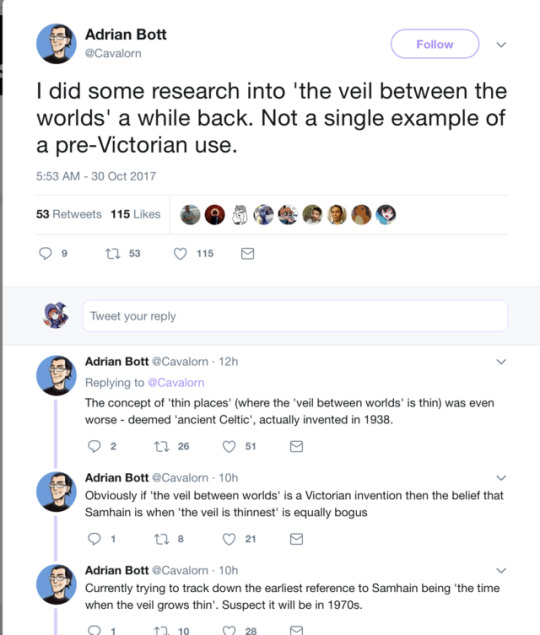
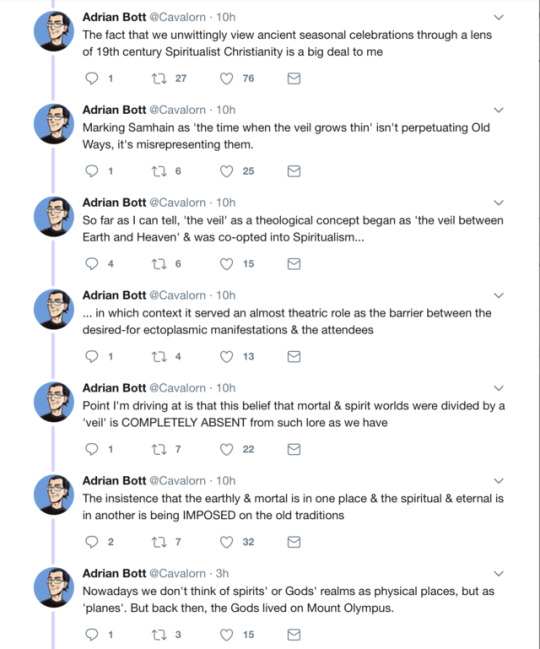

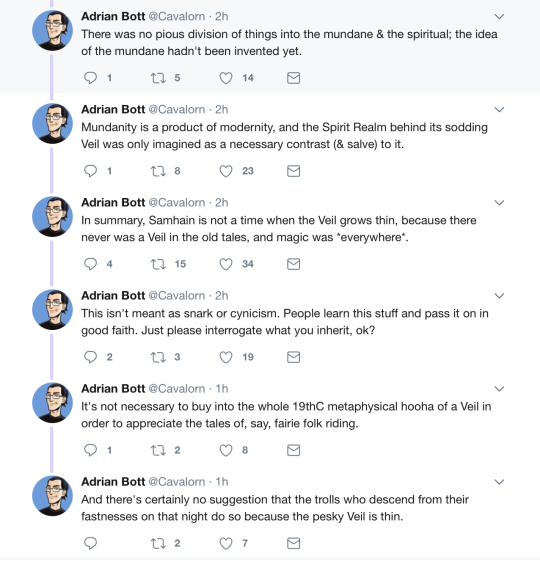
This thread is so good.
41K notes
·
View notes
Text
Rune of the day 2019.04.16

*Kaunan
An ulcer or sore, though painful, isn't fatal. But it's a point of entry for other infections, and shouldn't be left to fester just because it isn't immediately life-threatening.
So it is with many things we tolerate in life: it's not the thing itself which does us in, but that which took root in our vulnerability.
Is there anything in life that you've been brushing off for too long? Any painful decisions or awkward conversations? It's time to tackle them head-on, to lance the boil and allow it to finally heal.
7 notes
·
View notes
Text
I need more norse polytheists to follow :)
Please like or reblog if you’re a Norse polytheist and are Loki friendly and not a fucking Nazi :) Nazis get blood eagled
124 notes
·
View notes
Text
Rune of the day 2019.04.12

*Mannaz
Today's theme is connections and relationships. Man is, after all, a social animal and our greatest strengths lie in our ability to co-operate. Unfortunately, it's something that often gets neglected as we get caught up in our own worries.
For today, ask yourself: How do I participate in my community? Is there any way I can strengthen that bond? Is there anything I would regret not saying to someone if they passed suddenly?
7 notes
·
View notes
Note
@swamp-rat-king, if you're interested in reading more in Seiðr, Jenny Blain's Nine Worlds of Seid-Magic is a very good text about historical and contemporary practices, written by someone who is both an anthropologist and practicing seiðrwoman.
Hello sorry to bother you but i was a bit curious if you could tell me a bit about the practice of seidr? I've read a little about it and i have a surface level knowledge i believe. But i was curious if there was a more in depth knowledge you could tell me about. Also if it could be practiced in the modern day for I'd like to try and incorporate seidr into my worship if possible. I'd appreciate any information you have on the subject. Thank you in advance
Hey! Nice to hear from you again. Seiðrwork is something that we don’t know much about, unfortunately. We know of it only from reference and basically, we can surmise that it involved divination, the weaving of Wyrd or fate, and most likely some trancework (this is conjecture). We know it was strongly tied to spinning and weaving as the Distaff was considered a tool of the craft. Which is probably why it was often associated as “women’s work” even though male practitioners were present - including Odin himself.
Historical reconstruction of Seidrwork is pretty much impossible. What modern practitioners are talking about when they reference Seidrwork is mostly up to the practitioner of how they define that kind of Magic. Most common practices follow historical references such as Runework, Fibermagic, Trancework, and Astral Travel. Runes can be used for creating spells, divination (although this is a modern use), and Galdr (runesinging). Seiðrwork is also great replacement word for the appropriative “Shamanism” which is a word specific to the Sami People. If you’re Norse and talking about shamanic practices, you might as well just start using ‘Seiðr’.
Hope this helps!
💜 Elisa
The Spiral Path supports love, equality, and acceptance for LGBTQIA+, Gender Queer, PoC, Muslim, Jewish, Indigenous, and other minority identities. We don’t have to be the same to protect and uplift each other.
44 notes
·
View notes
Text
Rune of the day 2019.04.08

*Laguz
The ocean is deep and dark and fills the horizon. Its depths contain unknown horrors and currents that cannot be controlled, and storms seem to whip up out of nowhere.
The future is like the ocean - unknowable and untamable - and all we can do it to pilot our ship to the best of our ability, though sometimes even that is beyond our control.
Accept this moment, this body, this mind. It will pass, as all things do, but you have the skills to survive. Going with the flow will work far better than fighting it.
Rune of the day on Instagram and Twitter: @seidhrandsigils
5 notes
·
View notes
Text
So fun fact: I spell it as “magic” and not “magick” because the latter spelling was popularized by Aleister Crowley who was an anti-Semitic, misogynistic, racist Nazi sympathizer. ᕕ( ᐛ )ᕗ
11K notes
·
View notes
Text
Witch Tip 🔮
Whenever you are not using your crystal ball, cover it with a dark cloth.
Partially because it’s special and magical.
But mostly because it’s a double convex lens and when a ray of sunshine goes through it, it can act like a magnifying glass and set your fucking house on fire.
10K notes
·
View notes
Text
Rune of the day 2019.04.01

*Eihwaz
Fool, do you expect different results when you never change your approach?
Spring is here! Clear out old ways, old thoughts, old beliefs; cast out what no longer serves. It is only through changing yourself that you can change the world.
You will rise to the challenge, or fall by the wayside. Choose.
10 notes
·
View notes
Text
Well, this is very relevant to what I'm working on right now.
on the validity of recognizing emotions
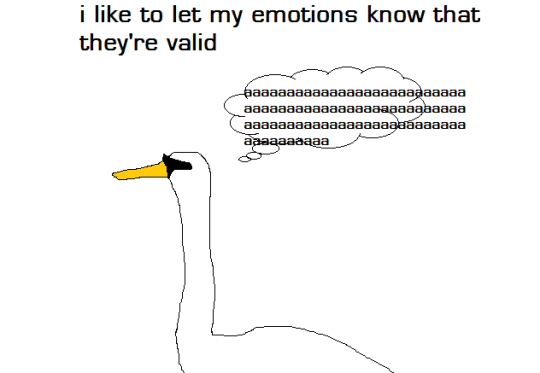

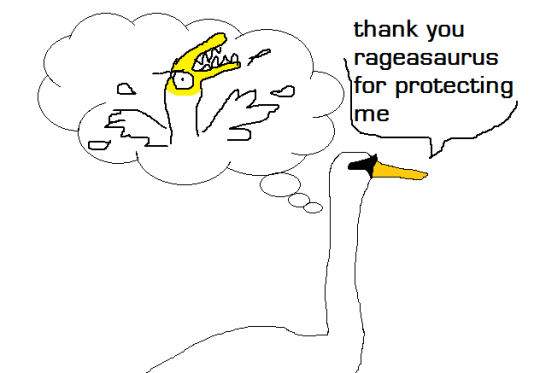
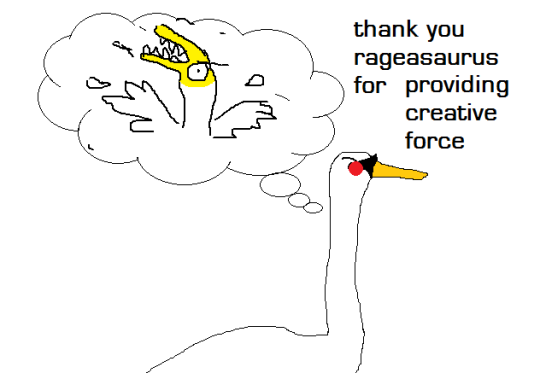
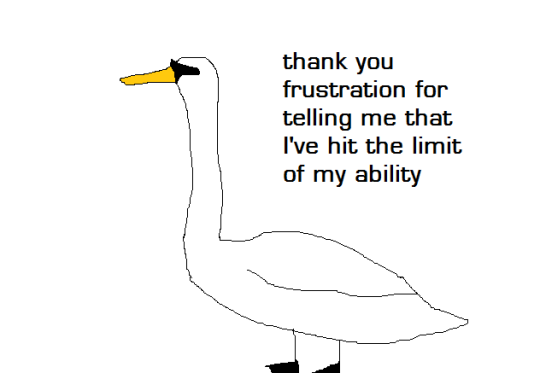
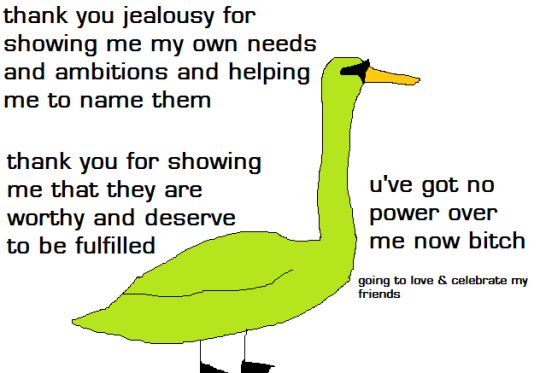
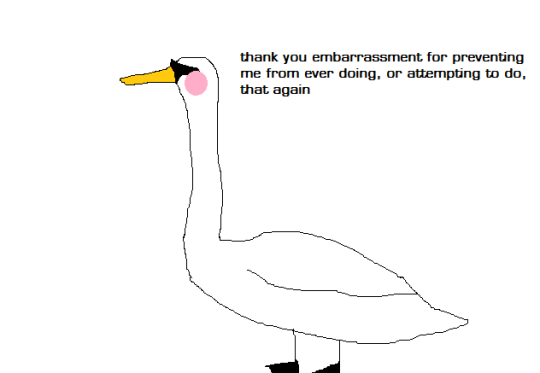

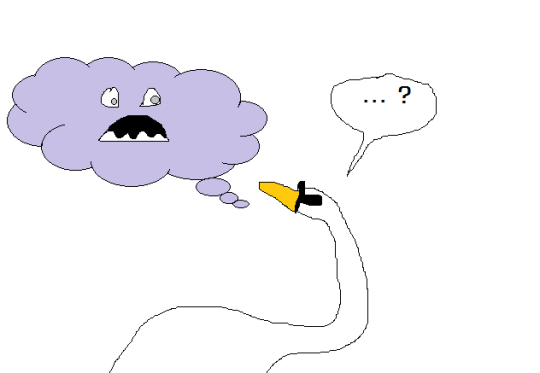


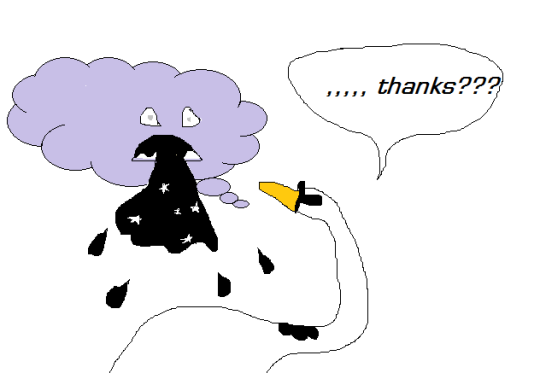
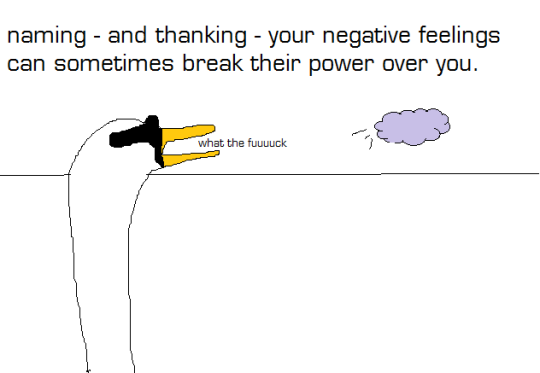

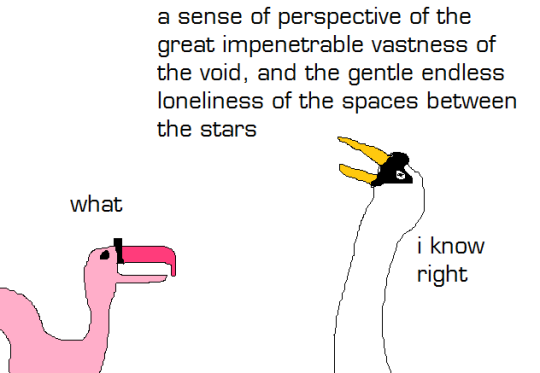
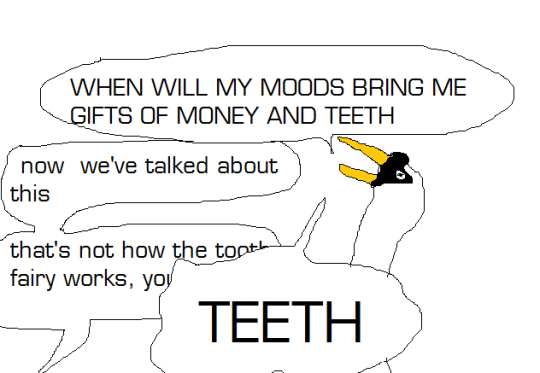
101K notes
·
View notes